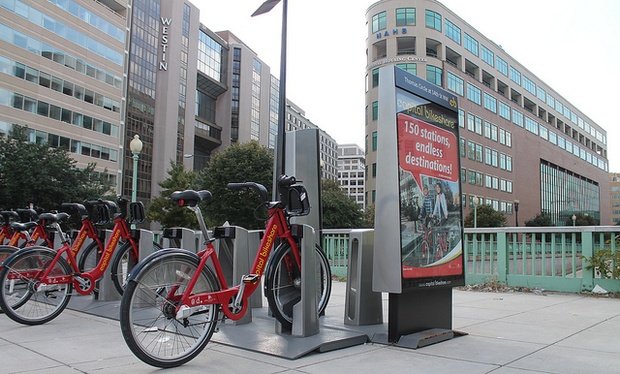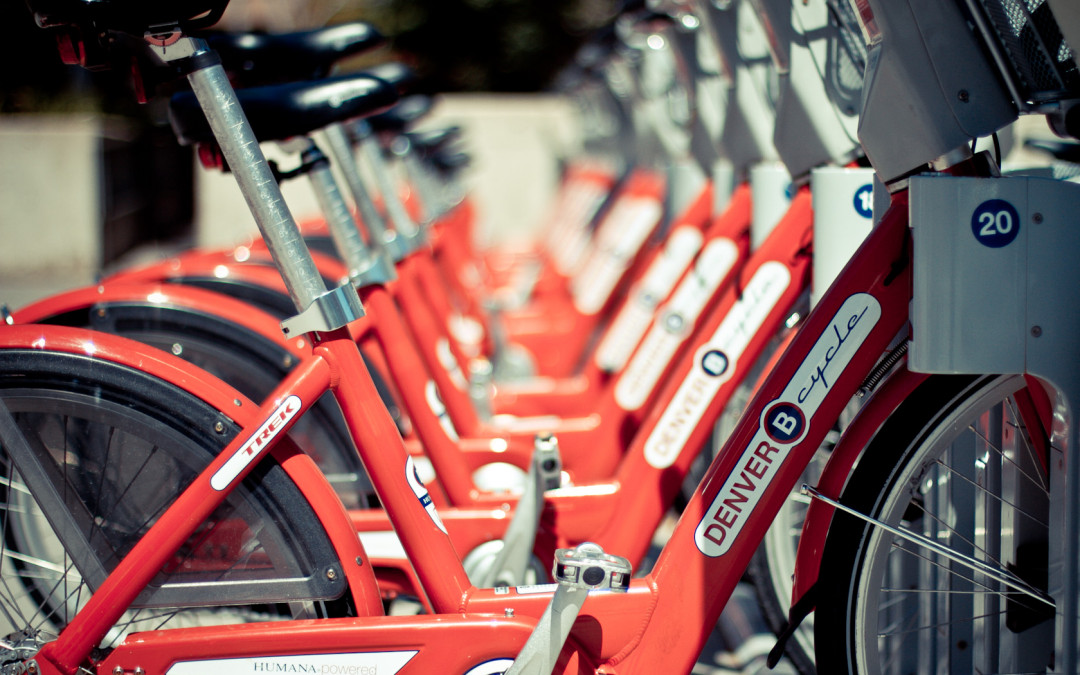
by mattchristensen00 | Jul 3, 2014 |
By Gabe Klein When we think about transit-oriented development, we typically think of rail stations. We know that in certain environments with density levels of X and height limits of Y, we can predict levels of investment of Z. But how would that equation hold up if Transit Oriented Development centered on a bike-share station, for instance, rather than rail stop? To answer that question, we need a better sense of how well bike-share performs as part of the larger transit system. We know that Americans have a deeply ingrained view of biking as a fun, recreational activity. (The Outdoor Association estimates that Americans spend $81 billion a year on bike-related expenses; airline tickets generate $51 billion by comparison.) I have theorized that this is why some people have such vitriolic reactions to cyclists. It’s like they’re angry that anyone could be having that much fun on their commute, when everyone should be suffering in traffic. With the advent of bike-share, there’s a move towards seeing cycling as a more basic form of transportation, especially in cities. The case for bike-share as transit is getting easier: A forthcoming study from Susan Shaheen and Elliot Martin reports that 40 percent to 55 percent of bike-share trips are work commutes. Their analysis shows that Capital Bikeshare in Washington, D.C., has displaced public transit trips—particularly Metro trips in the urban core—thereby increasing capacity on the congested rail network. It also increased transit ridership in less dense parts of the city and in the suburbs, providing a key first-to-last mile connection to rail and bus nodes. To read the entire article, click...
by Jaelen Loche | Jul 1, 2014 |
Authors: Susan Shaheen, Ph.D and Adam Cohen Date: Summer 2014 Description: Carsharing market overview, analysis, and trends...

by mattchristensen00 | Jun 13, 2014 |
By Rachel Estabrook To get from Point A to Point B in Denver, people can drive themselves, take the bus or walk. But increasingly there are more options, and not just in Denver. Most of the new and sort-of-new services could only exist in the Internet age. Some, including Car2Go, Zipcar and OccasionalCar, allow people to borrow cars. B-cycle lends out bikes. And so-called ride-sharing services, such as UberX and Lyft, offer rides in strangers’ cars. They all employ smartphone applications, and while some don’t require customers to use apps, doing so makes using the services easier. And all of these services are part of the most radical shift in transportation since cars became commonplace. Susan Shaheen, co-director of the Transportation Sustainability Research Center at the University of California, Berkeley, says that on average nationally, membership in all the new services grew about 25 percent a year from 2008 to 2013. She expects growth will continue in a few ways: the number of services, the number of people using them, and the number of places they’re available. To read the full article, click...
by Jaelen Loche | Jul 1, 2013 |
Authors: Susan Shaheen, Ph.D. and Adam Cohen Date: Summer 2013 Description: Carsharing market overview, analysis, and trends...
by Jaelen Loche | Sep 30, 2012 |
Authors: Susan A.Shaheen, Ph.d. and Adam Cohen Date: Fall 2012 Description: Carsharing market overview, analysis, and trends...




